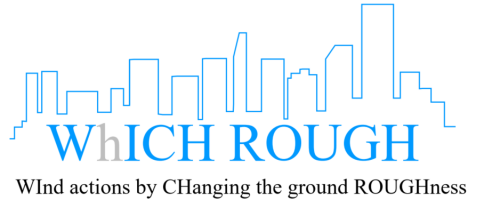
A Comprehensive Study on Transition Profiles in the Atmospheric Boundary Layer.
We are happy to announce that we will participate in the WIndactions by CHanging the ground ROUGHness (Which Rough) project within the Engineering Research Infrastructures for European Synergies (ERIES) framework (https://eries.eu/).
The Committee includes five European universities and ten researchers, all active in the field of Wind Engineering but with different specific backgrounds. We are looking forward to work with our colleagues from Polytechnic University of Bari, the University of Campania, the University of Stavanger in Norway and Kraków University of Technology.
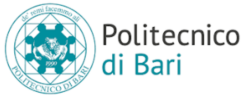
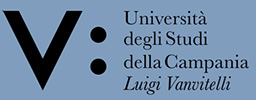
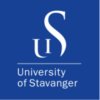
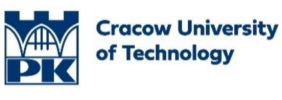

The uncertainty associated with defining key wind parameters within the Atmospheric Boundary Layer (ABL) in built-up areas poses significant challenges for accurate structural design, particularly for medium- and high-rise buildings. This international research project aims to address the variability in wind parameters and its impact on load predictions. The proposal targets the often-neglected scenario of abrupt roughness changes in the ABL and seeks to enhance our understanding of transition profiles and their effects on wind loads.
The research will involve a systematic wind tunnel experimental campaign, examining various roughness configurations to replicate both uniform and transition ABL conditions. The study will focus on medium- and high-rise structures, where wind-induced loads are influenced by turbulence characteristics. The innovative approach includes wind tunnel tests, computational fluid dynamics (CFD) simulations, and the integration of full-scale wind flow measurements in urban areas. The ultimate goal is to provide insights into the effects of roughness transitions on wind loads and to assess the suitability of existing transition models for structural design.
The research question driving the experimental campaign is whether simplifying transition profiles can increase the ease-of-use of wind loading procedures for medium- and high-rise structures without sacrificing accuracy. The proposed methodology involves wind tunnel tests and CFD analyses to reproduce a range of ABL transition conditions and measure loads on a simplified high-rise structure. The research aims to correlate measured profiles and loads to identify approximated solutions for transition profiles compatible with European code formats.
